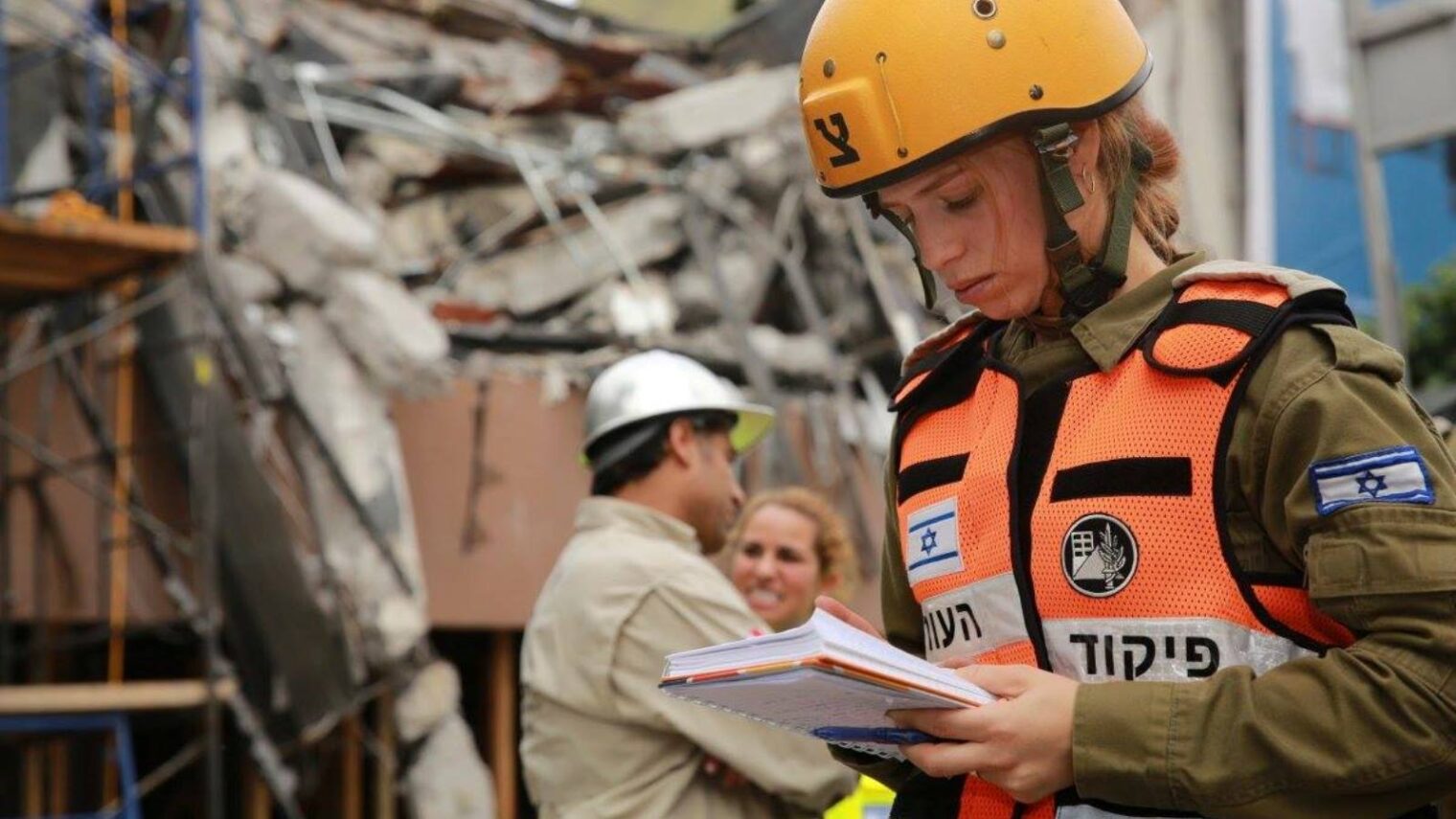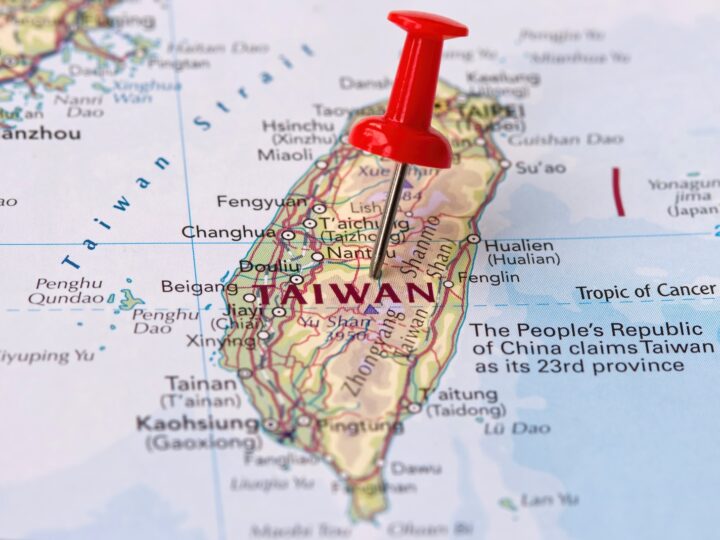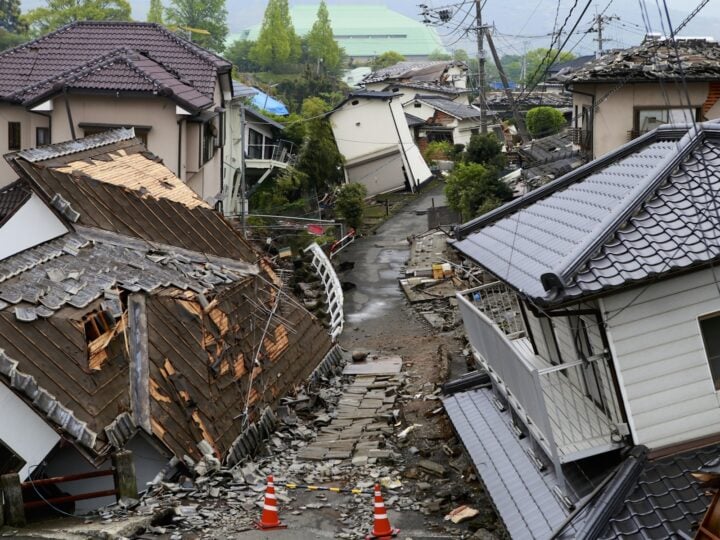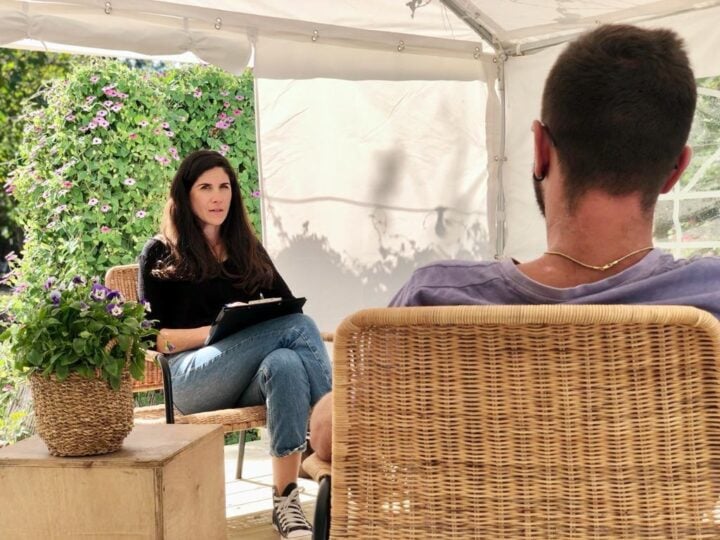Out in the villages around Mexico City, it’s easy for the residents to feel forgotten. The nation’s capital was badly damaged in the deadly 7.1 magnitude September 19 earthquake, but so were many smaller communities. Though aid poured into the city, the hard-hit villages were left to cope alone until volunteers from Israeli humanitarian aid nonprofit IsraAID suddenly turned up.
“IsraAID was the first group to offer help to our village,” said a resident of Hueyapan in the Mexican state of Morelos, one of the areas most affected by the recent earthquakes. “We were very grateful because we hadn’t received any help yet, and we felt very forgotten.”
Naama Gorodischer, IsraAID senior director of program, tells ISRAEL21c that this reaction is typical in the villages where eight IsraAID humanitarian-aid volunteers are now providing direct medical, psychosocial and WASH (water, sanitation and hygiene) relief and assessing how to meet longer-term needs.
They landed on September 21. “The earthquake was on Tuesday at about 1pm and by Thursday at 4pm we were here,” says Gorodischer. Another 6.1 magnitude quake hit on Saturday.
“There are thousands of volunteers going to Mexico City and waiting to help with debris removal or food or item distribution,” Gorodischer says.
“We, too, spent the first day and a half in Mexico City in the red zones, which are severely affected because a few big buildings collapsed, creating massive damage. Outside of Mexico City there are many villages where people lost their houses but it looks very different than in the city and the red zones are smaller.”
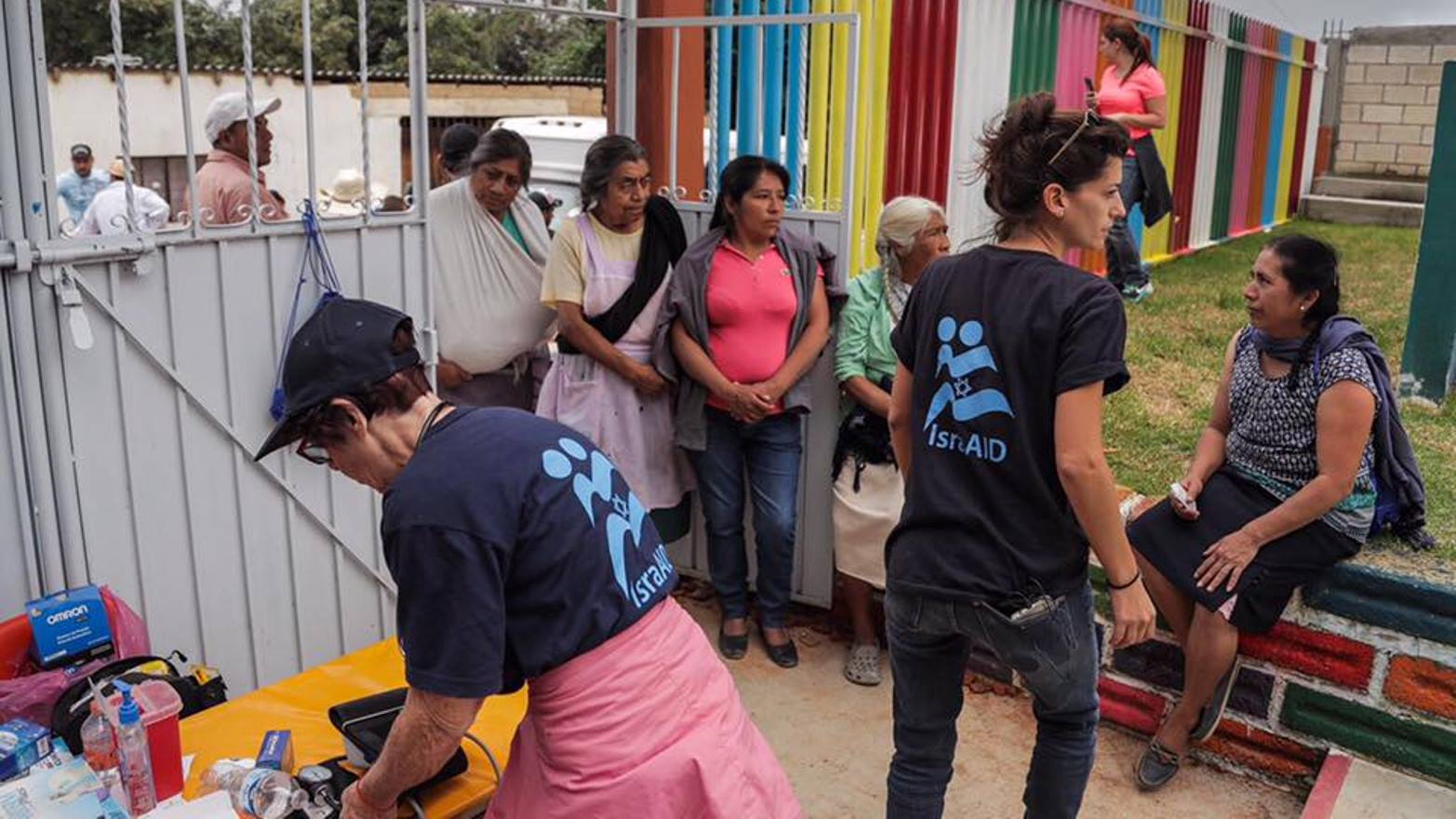
Upon learning that the villages needed urgent assistance, IsraAID’s team traveled a few hours away to Morelos and Puebla. There they are distributing hygiene and baby-care items, as well as some food – purchased locally or donated, much of it by the Mexican Jewish community.
Three Israeli Spanish-speaking experts -– two of them from Mexico — are giving psychosocial first aid and resilience training to children and adults in coordination with IsraAID’s medical officer, who sees many villagers with stress-related physical complaints such as headache and insomnia.
“One thing they hear often in their sessions is that people were home alone or at school or work when the earthquake happened and they were very distressed not to know where their family members were. They have large families here,” says Gorodischer.
Older residents, she adds, were re-traumatized because the earthquake hit on September 19, the exact date as another strong quake in 1985 that killed about 10,000 Mexicans and damaged 100,000 buildings. Israel sent disaster-relief teams at that time as well.
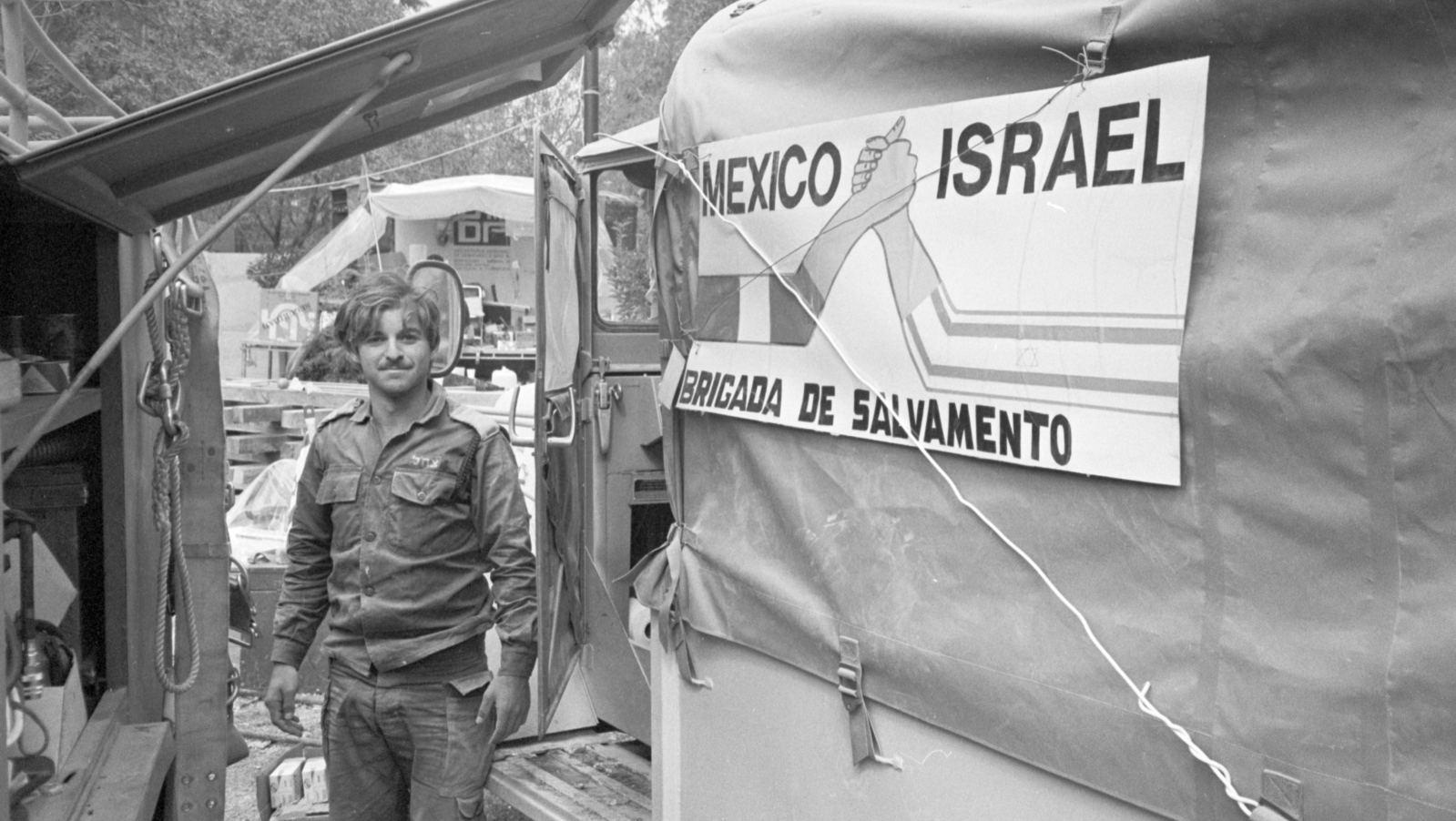
Gorodischer says IsraAID is working with Mexican-Jewish relief organization Cadena and is in touch with volunteers from other Israeli groups in Mexico.
Among these are ZAKA, the 70-strong Israel Defense Forces’ Search and Rescue Unit, and iAID.
Cybersecurity company Cycura and the Ted Arison Family Foundation financed the deployment of a 15-member iAID search-and-rescue team to Mexico, reports iAID director Shachar Zahavi.
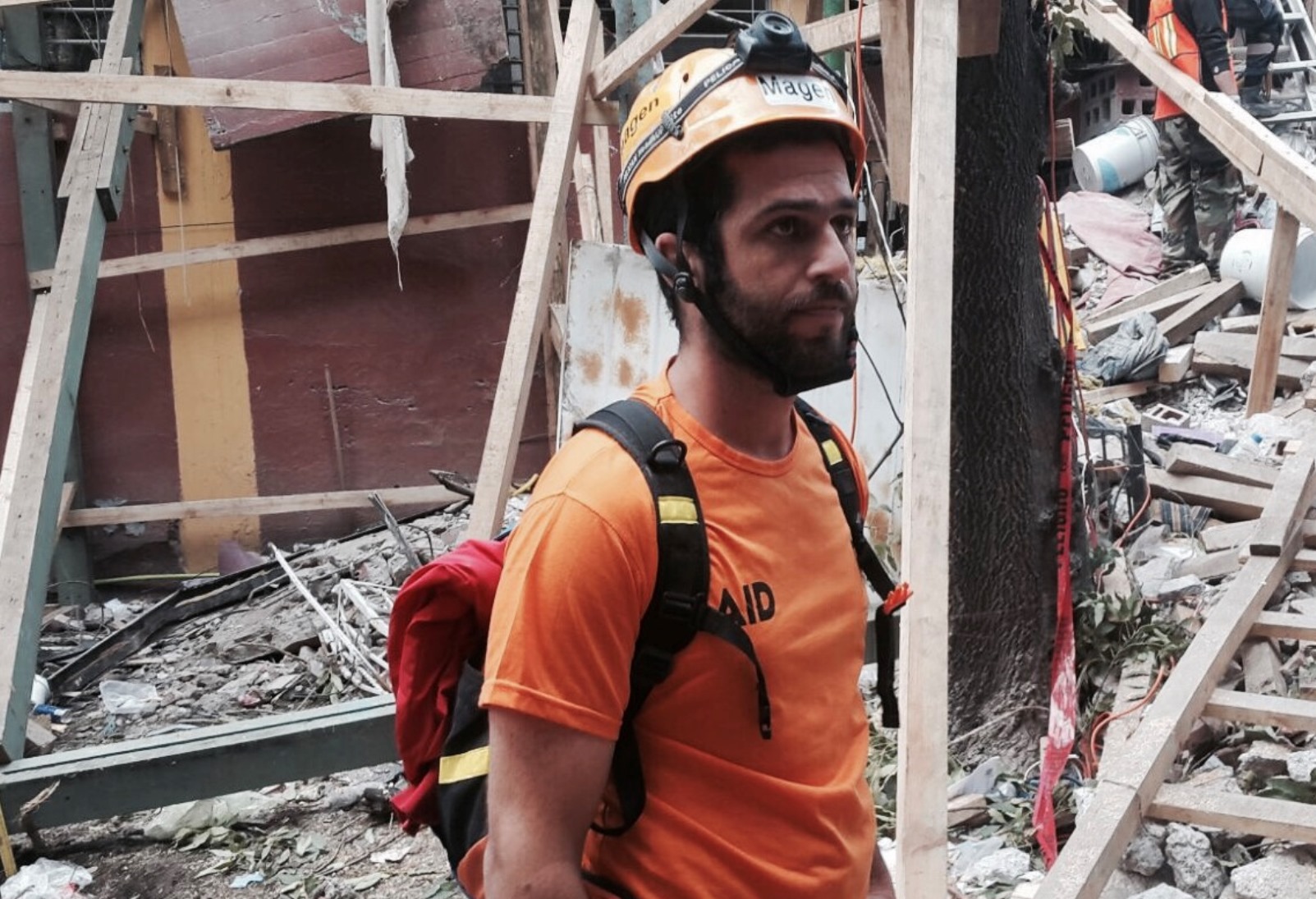
In coordination with local emergency personnel, the iAID team divided into two. One group implemented an innovative coordination and communication model to help the Mexican army, foreign-aid groups and local volunteers search for survivors at Multifamiliar Tlalpan, where five stories of a residential building collapsed.
“The second group focused their efforts at Escuela Enrique Rebsamen, a school in the heart of the city where the bodies of 19 children and six adults have thus far been found,” Zahavi reported on Sunday morning.
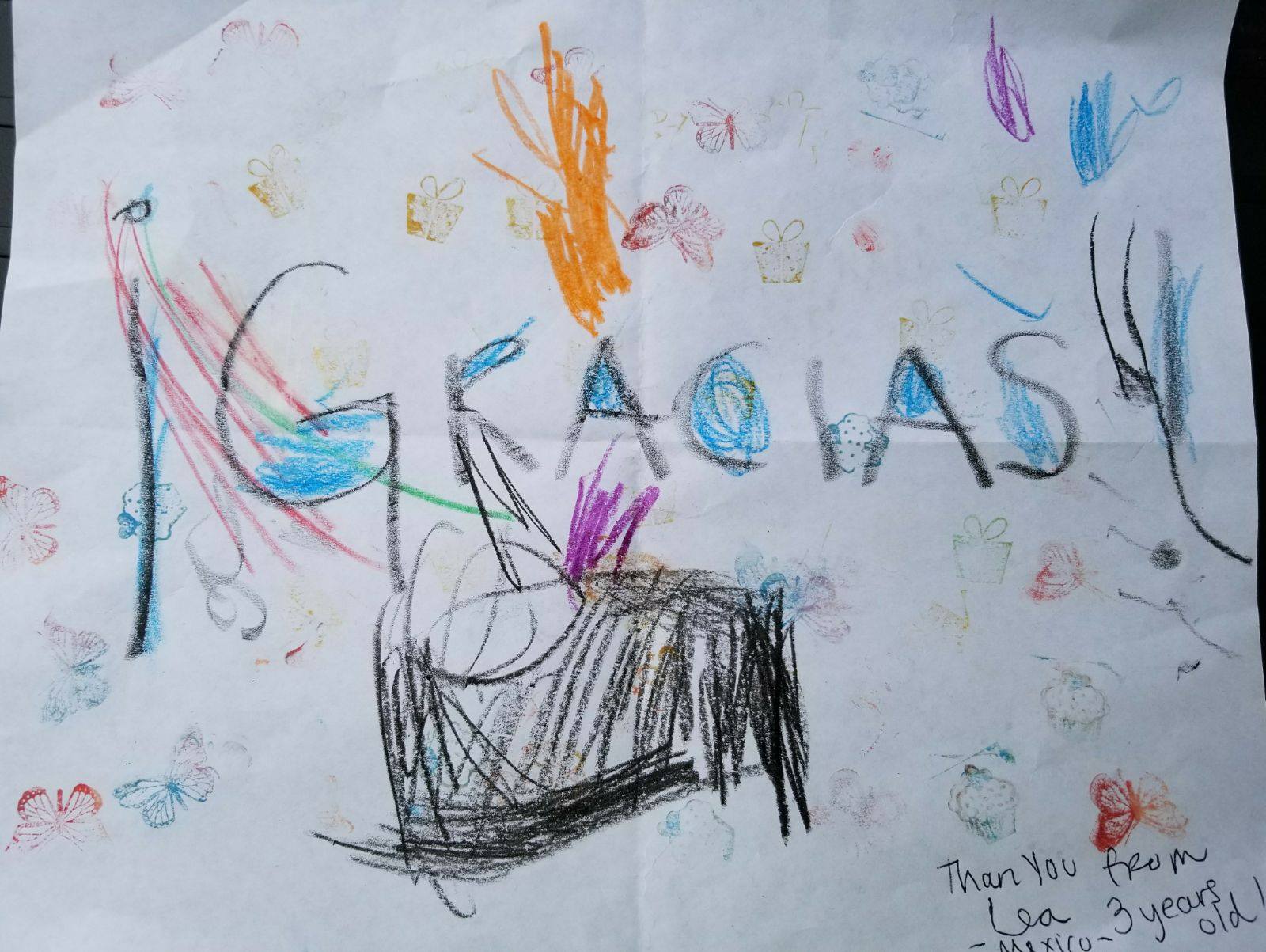
Members of iAID’s Multifamiliar Tlalpan team came across members of a family digging there, desperately searching for their father. “iAID joined the family and brought equipment to the location. Unfortunately, the search ended when the team found the body of the father,” Zahavi said.
On Wednesday evening, the first night of the Rosh Hashana holiday, ZAKA volunteers trained in Mexico recovered the body of Rabbi Haim Ashkenazi, head of the Kehillat Magen David synagogue in Mexico City, from the rubble of the office building in which he was working during the time of the earthquake.
“The ZAKA team will remain until we receive an update that there are no more missing people,” said ZAKA International Rescue Unit Chief Officer Mati Goldstein.
The IDF delegation also landed on September 21, and is lending its expertise to mapping and scanning thousands of buildings damaged in the quake to assess them for risk of collapse. They brought along a planeload of sophisticated equipment and were greeted with cheers and applause from local citizens lining the streets of Mexico City.
The IDF delegation of approximately 70 men and women includes 25 engineers who are evaluating the damage and providing assessments and assistance in the disaster zone.
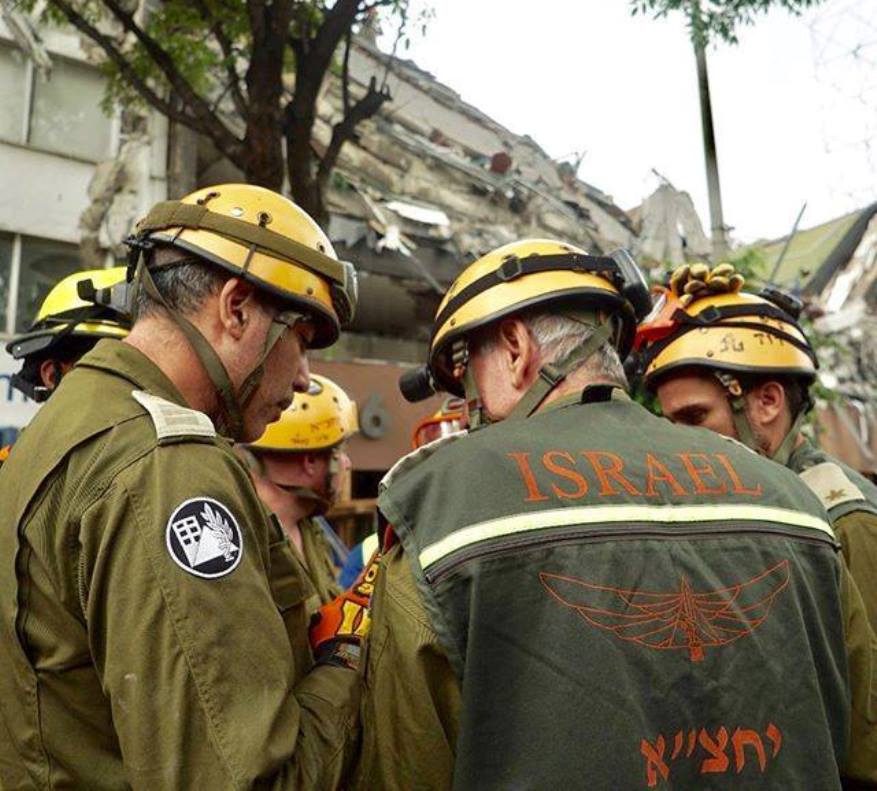
“It is a great honor for us to be part of this effort,” said Col. (Res.) Dudi Mizrahi, commander of the National Search and Rescue Unit in the Home Front Command. “We left our homes ahead of the holiday but priority is always given to such a mission – to save lives, even if it is thousands of kilometers from home.”
“Just our coming here made a big impact because the villagers see that people care,” said IsraAID’s Gorodischer.
According to the Israeli Foreign Affairs Ministry, Israel was the fourth foreign team to reach Mexico after the earthquake struck, preceded only by volunteers from the much closer Central American states of Honduras, El Salvador and Panama.
“We’ll stay for at least three weeks and then assess after that,” says Gorodischer.




